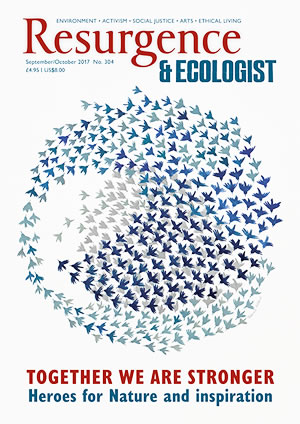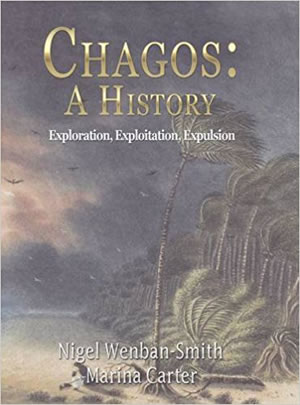In December 1966 Britain did a secret deal with the Pentagon to set up a massive US military base on Diego Garcia, in the middle of the Indian Ocean, terminating any economic activity there and expelling the inhabitants, together with those of the surrounding islands.
The full terms of that agreement did not become public until 2005. At the time the Americans resisted telling Congress about it, as they feared loss of funding. Nor did the UK parliament seem to have been fully informed about the deal, which entailed separating the colony of Mauritius from the islands of the Chagos archipelago that had formerly depended upon it.
Expulsion of the islands’ inhabitants, when it began six years later, was justified at the time by the assertion that they were contract workers “belonging” to Mauritius or the Seychelles. But, as the British administrator recorded at the time, some 350 saw themselves as Ilois, and more recently as Chagossians. The fateful decision of 1966 was taken, a Foreign Office memo admitted, “without adequate grasp of the character of the individual Chagos islands and the numbers of people inhabiting them”.
Chagos: A History painstakingly documents what was lost: a plantation society that had developed for 150 years, based on coconut oil and copra, but that was in decline. The Oil Islands, as they were known, included not just Diego Garcia, but also Peros Banhos and Salomon, half and a third of the size respectively, still being managed by one company at the time of expulsion.
Colonisation, initially with slaves, began as part of the tussle for supremacy between the French and the British in the Indian Ocean in the late 18th century. After the abolition of slavery in 1839, the colonial authorities began to take more of an interest in their subjects’ welfare. Workers were given written contracts, and visiting magistrates checked that they were paid and were free to leave.
The Ilois were capable workers, skilled boat-builders and seamen as well as coconut millers. Their working days were short, with a séga dance on Saturday nights. The coconut companies were lazy and formerly did little for the workforce; there was never a hospital, and the first school on the islands did not open until 1956.
Nigel Wenban-Smith and Marina Carter document a century of periodic flare-ups about the supply of rice as well as the visits of explorers, whalers, traders and navy vessels. The German vessel Emden was one – it visited a month into the first world war, but the manager on Diego Garcia was unaware that war had begun, and the crew of the Emden did not enlighten him.
The authors are at their best documenting island society and its visitors, and they largely opt out of explaining why remote mandarins might think it necessary to clear the entire population of the islands.
Will resettlement happen? Not if it is done in the absurdly expensive way the UK Foreign Office recently contemplated – and rejected. In theory, some resettlement could be compatible with both Diego Garcia airport and the marine reserve that Chagos waters have become.
The military airport depends on the labour of around 5,000 Filipino workers living in basic conditions. All would be resolved if the Americans would allow the few Chagossians who wish to return to do so as contract workers and bring their families with them. It would be a small price to pay to erase one of the deepest stains on the allies’ cold-war conscience.







